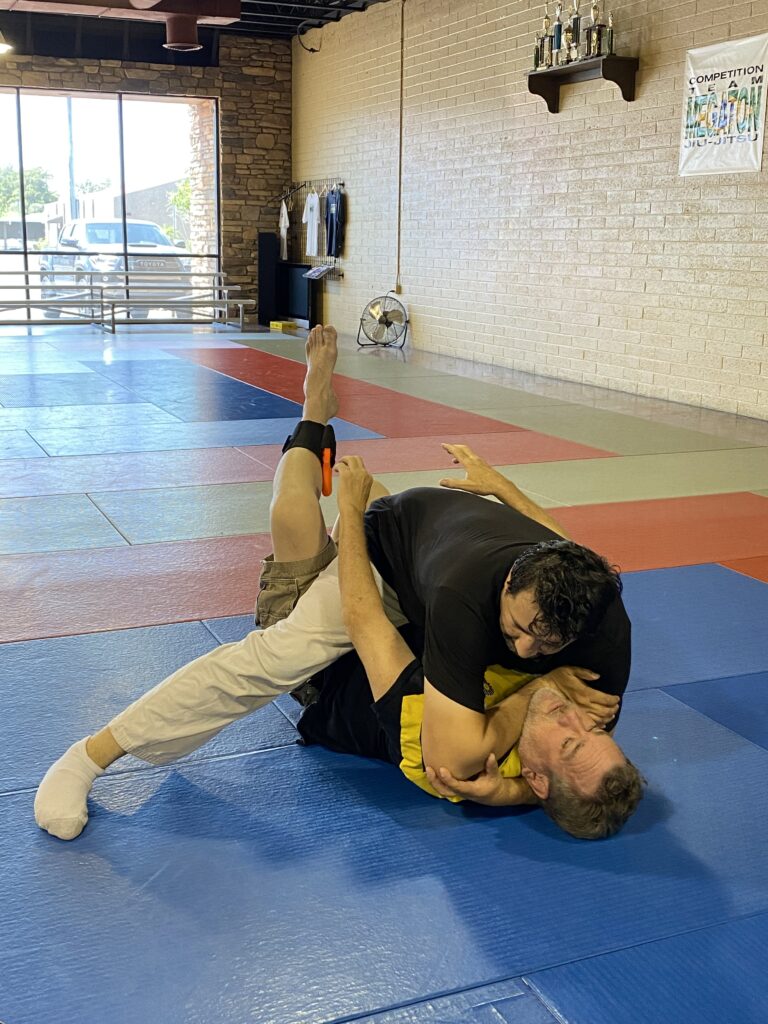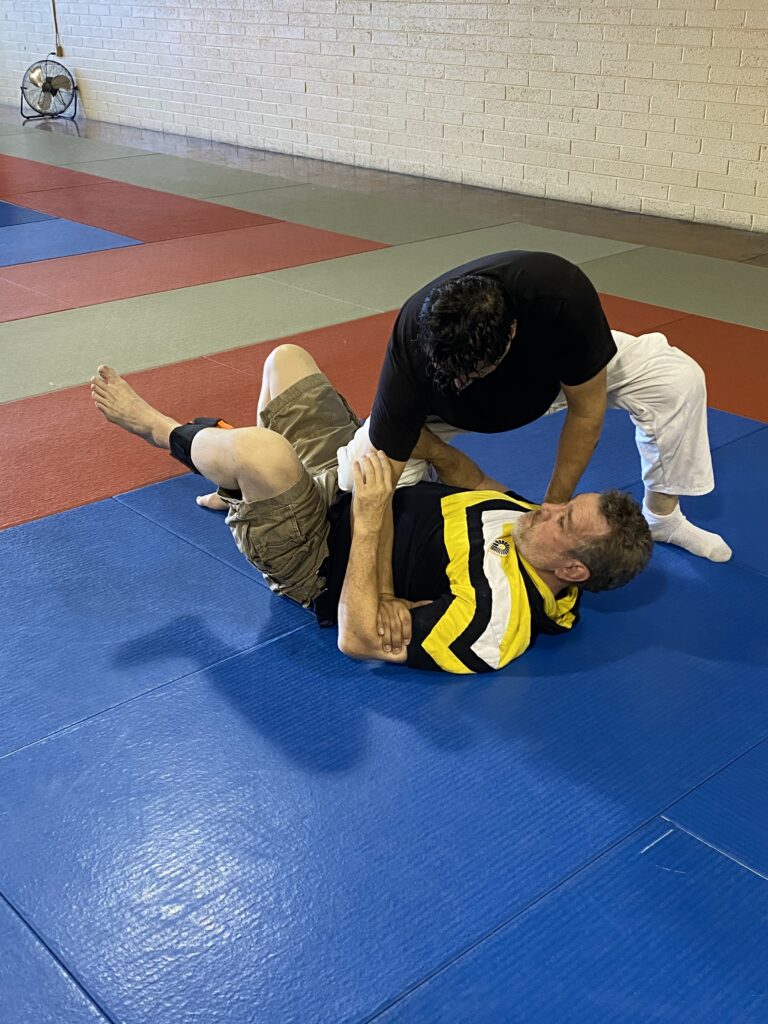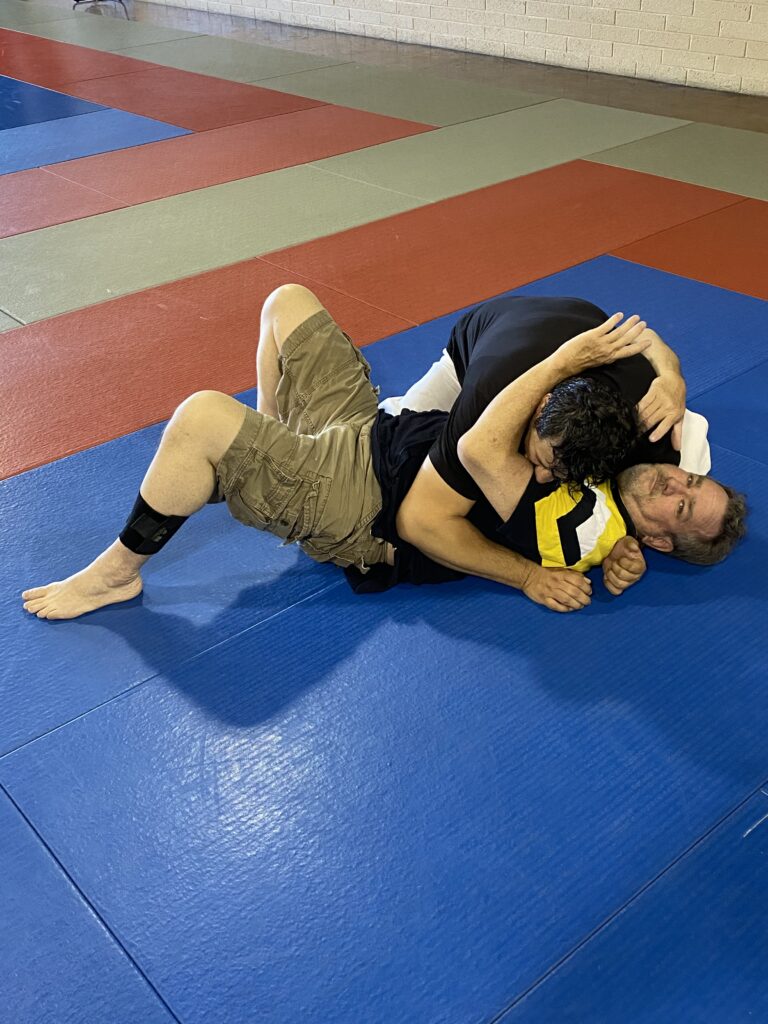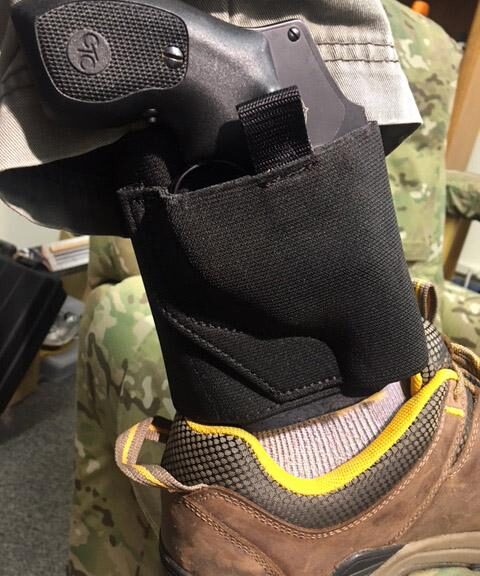I am pretty agnostic on how someone carries the tools that they rely on for self-defense. Mostly that stems from the fact that I’m not a narcissist, nor am I a child that thinks that my personal context and situation are the only ones that matter and that everyone’s lives are exactly like mine. I also have no need to have my own personal decisions validated by anyone else’ choices.
I may find a particular handgun carry method to not fit into my life at all but that does not mean that it is a poor method in and of itself. Someone else might find it to be the best fit for their lives. I try to ignore those kind of discussions on the internet where people are told in a very black and white manner on how they should conduct their personal matters and if they don’t walk in lockstep with the original commentator then they are stupid. Or poor. Or lazy et al.Who am I to assume that while I have little use for something like a shoulder holster that someone else may find great use for it and can put it to great effect. And most importantly in the great scheme of things, what they do or do not do in no way affect my life so I don’t need to put any time or effort into thinking about it.
The only issue I have in these discussions is when someone does not think through everything and has left either a positive or negative uncovered. The most glaring example for me that comes quickly to mind is the use of ankle carry for small handguns.
Now before we go much further I would like to make it clear that I myself have a definite use for ankle carry. There are times when my own personal environment and context dictate that the most functional means to carry the handgun is on my ankle. What I’m about to discuss in no way diminishes ankle carry as a potentially beneficial tactic.
What I’m going to talk about is a very specific part of ankle carry that many people in the Firearms self-defense community will cite as a strong reason for ankle care, when in fact it is the exact opposite.
There are many times when you will hear someone give one of the justifications to carry on the ankle is that should they find themselves on the ground and in a grappling situation, they can easily reach the gun on their ankle and use that to fix the problem. From the comfort of a keyboard and with no understanding of what grappling actually entails, this sounds like a really good tactic. And even better (and possibly more importantly for some folks), it is a way to compensate for a lack of grappling skill which means that we don’t have to spend any time rolling around on the ground with other sweaty people and potentially looking less than John Wick-like.
I know this may be very appealing, however it is completely lacking any foundation in reality whatsoever. All it takes is a month or two of training Brazilian Jiu-Jitsu against a variety of training partners and you will quickly see for yourself. Any of the positions you will find yourself in whenever you don’t know anything about grappling and you were up against either someone with grappling skill or superior physical attributes ( or even worse a horrific combination of both) will graphically demonstrate this fallacy. If you’ve never put yourself in this kind of situation against someone legitimately trying to control you it is very easy to drift into Fantasyland. When you don’t know how someone is going to control you from the top you can visualize all sorts of ways to deploy firearm and have no basis in reality to support your construct.
Please take a look at the accompanying pictures. What I would especially like to point out is that every position shown is straight out of BJJ 101. The top guy is doing nothing different or special for these pictures that he would not be doing normally at any time in any BJJ academy anywhere in the world. When I asked my demo partner to participate, I did not give him any specifics. I just told him to control me that same way he would in order to set up a finishing move such as a choke, an arm break, a shoulder dislocation, or any other kind of end state where I am either unconscious or suffering from catastrophic injury and incapacitating pain . I take the time to explain this because a ton of people will look at these illustrations and they will immediately try to rationalize them away.

One of the ways non-grapplers attempt to minimize the usefulness of grappling in a weapons based environment is that they will say something along the lines of “BJJ guys don’t train against weapons so they will not see it coming and be totally unaware of the gun”. First of all, that is a mighty big assumption that all BJJ players do everything the same and that none of them will ever think about applying this while carrying a gun. Second of all, as you can easily see from the photos, it is irrelevant. Look at how the top guy is controlling the bottom person. In the mount depiction for instance, the top guy has the bottom guy’s back pinned solidly to the mat, and is stretching forward. Both of those prevent the bottom guy from being able to stretch his arms far enough to reach far, and with the top guy posting on his leg to strengthen the pin and choke, he blocks the bottom guy’s legs from being able to come close to the hands. Without the bottom guy having extraordinary flexibility, he is stopped from accessing the ankle gun. And, to add to the problem, desperately reaching for said gun, he does nothing to prevent the entire weight and strength of the top guy being applied against his neck. The choke will happen in 2-5 seconds at the maximum. For those who have never experienced that particular move – called an Eziquiel choke – it is excruciatingly painful in the couple of seconds of consciousness you have. I guarantee you that your ability to withstand the pain and the choke is close to non-existent.

For the knee on belly shot, it is similar in pressure and control to the mount. In order to direct the bottom guy and to keep him in place, the top guy has to manage the arms while putting massive pressure into the bottom guy’s diaphragm. Top guy also has an easy view at everything that is going on and the freedom to move and react in any way. Even if the bottom guy can somehow manage to reach for the weapon, the top guy will see it and realize, even if he is not thinking about the gun or pays attention to that possibility, what is happening and can deal with it. And I leave it to you to decide that if the gun does come out, which of these two people is in a better place to use it?

Finally, for the side control illustration, again take note of the top guy’s control. Bottom guy’s right arm is completely out of the game and is killed. His left arm is being underhooked which means he has little freedom to move or reach, and even if he does, the top guy is looking right towards where that gun will appear and is in a much superior place to dictate the end result. And again, the top guy even in a straight BJJ situation will look in that direction because he has to determine if he can go to a better position (i.e. mount or knee on belly) as well as seeing where he can adjust if he decides to attack the arm or neck. All standard stuff that puts him in the perfect place to deal with a weapon being deployed. None of this is being done because he knows a weapon is in play, but rather because this is how you deal with someone in BJJ.
So let’s dispense with the demonstrably incorrect argument that the grappler will be easy prey for a trained person carrying on the ankle. It won’t happen, and only serves to delude someone and leaves them defenseless should they find themselves in that situation. Gear will not fix the problem. Software (skill set) will.
And as I said, this is not a categorical indictment of ankle carry. I have already stated I use it for myself at times. It has a definite place of purpose for many people. However, that does not mean it solves all problems. It may make some things worse. But there is nothing wrong with that as long as we understand the pros and cons of a particular method or concept and can plan accordingly. Fantasy does not help any of us in the world of self-defense.


Needless to say, you make great points about needing to pressure test theories about what may or may not be feasible in reality. One small way to mitigate part of the concern with ankle carry is to carry on the inside of the dominant side ankle, with the butt of the gun pointing forward, toward the toes. By eliminating the need to reach across to the opposite leg, this method allows easier access when you have someone in your guard.
That is certainly a possibility, but it is outside the scope of what I was addressing. Guard is essentially a neutral position where both sides have freedom to do a lot, and just by virtue of being able to attain and maintain guard against an opponent means that person has at least a bit of grappling skill. I was talking about the concept that someone without any appreciable grappling ability and in an INFERIOR position – like being mounted – would be able to get to an ankle gun. I was addressing the idea that the ankle gun replaced a fighting skill. We could absolutely go down the rabbit hole of what are our chances of accessing an ankle gun from a better position and if we know what to do, but I wanted to keep the article a reasonable length! LOL
Thanks for your thoughts!